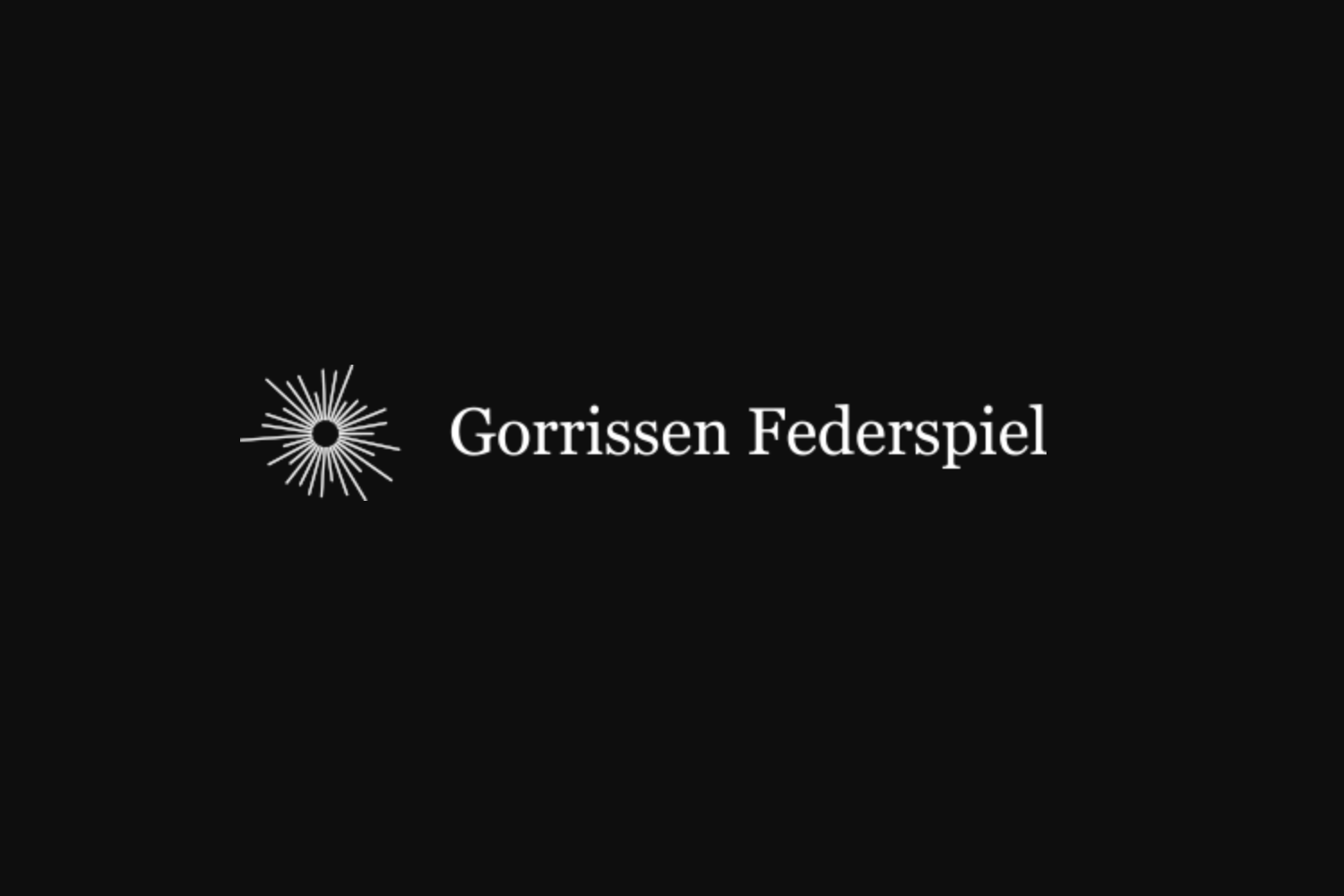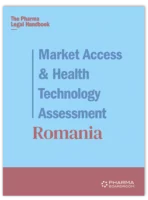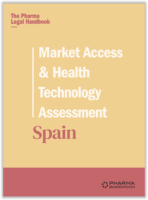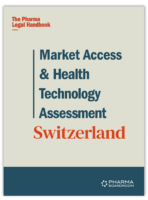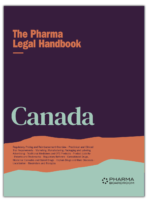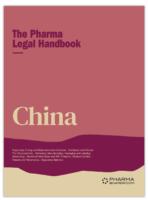Healthcare System and Funding
Gorrissen Federspiel / Denmark
Join industry executives in staying informed on the market access and HTA process in Denmark.
1. Please make a general introduction to the public health sector in your country and its organization
The Danish healthcare system
The Danish public healthcare system is universal – all registered Danish residents are automatically enrolled in the publicly financed system – and it is based on the principles of free and equal access to healthcare.
The public healthcare system operates across three overall levels: the national level (the state), the regional level (the five Danish regions), and the local level (the 98 municipalities).
The Danish public healthcare system is decentralized; while the government sets the regulatory framework, is responsible for licensing of healthcare professionals, monitoring and allocates funding, the healthcare services are provided by the regions and the municipalities.
In 2017, Denmark spent 10.1% of its GDP on health. The largest category of spending is outpatient care (appointments with general practitioners and ambulatory care). Inpatient care (mainly care provided in hospitals) accounted for one fourth of health spending. In 2018, the total expenditures on medicine was DKK 14.523 million.
In Denmark, the majority of healthcare and social services are financed by general taxes and are supported by a system of central government block grants, reimbursements and equalization schemes.
Approximately 84% of healthcare expenditure in Denmark is publicly financed, with the remaining spending mostly paid out-of-pocket by households (mainly for medicines and dental care).
Services covered by the publicly financed healthcare system include:
• Primary care
• Preventive care
• Hospital care
• Medicines prescribed in connection with inpatient hospital care
• Mental health care
• Dental services for children under the age of 18
Certain services (such as maternity care, consultation for preschool children, and home care) are funded by the local municipalities.
Other services and products, such as prescription drugs within the primary healthcare sector and adult dental care, are partially covered through subsidies.
Costs of medicines
There are two main markets for medicines in Denmark: the primary healthcare sector (prescription medicines) and the secondary sector (hospitals).
Approximately 60% of the total public expenditure on medicines in Denmark is consumed by hospital medicines.
Hospital medicine is free-of-charge for patients. Within the primary sector, patients have to pay part of the bill for prescription medicines at local pharmacies.
The companies placing the medicinal products on the Danish market are in principle free to set the prices for the medicinal products both within the primary sector and the secondary sector.
However, the unrestricted pricing is to a certain extent influenced by pricecap agreements negotiated every four years by the Ministry of Health, the Danish Regions, and the Danish Association of the Pharmaceutical Industry (Danish: Lægemiddelindustriforeningen or Lif). For more information on the price-cap agreements please see Chapter 3.





